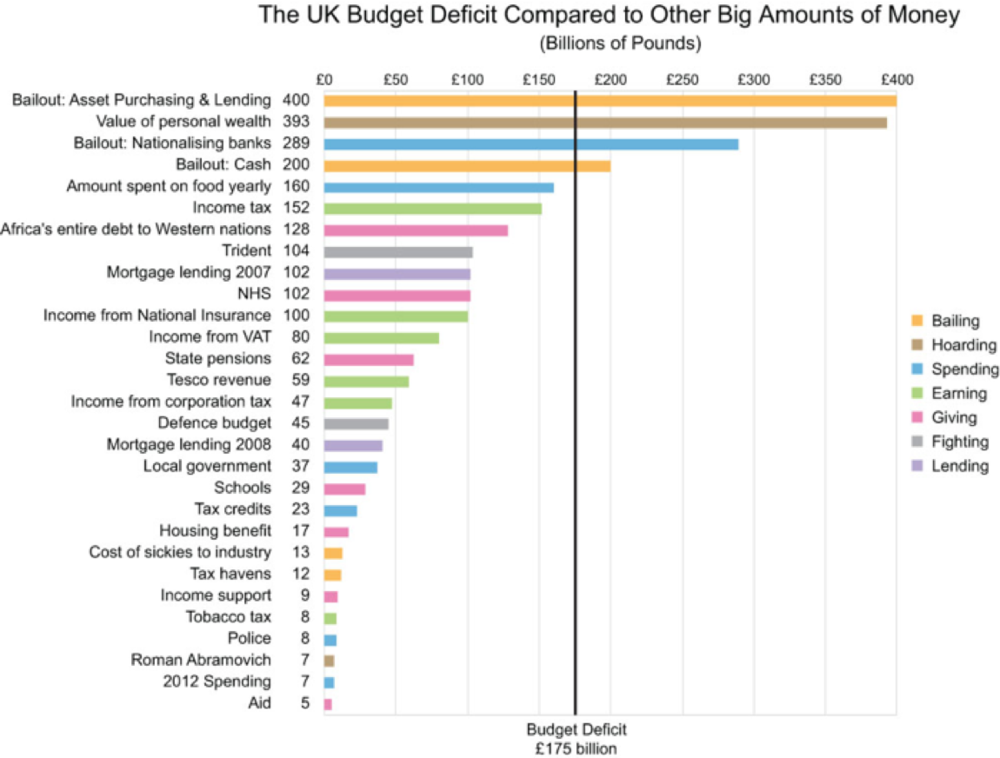Anemones and Simplicity
I’ve made this longer than regular because of I’ve not had time to make it shorter.
—Blaise Pascal
I was listening to a podcast the other day. The speaker had developed an idea that had really pushed his pondering. It was correct on the sting of his capability to know. I gave myself a self-satisfied pat on the once more; I’ll understand it no draw back.
But then I thought-about it some additional. I’ll understand the idea completely common, nonetheless solely because of one other particular person had completed the troublesome formulating work.
Could I’ve provide you with that idea on my own? No method.
The Paradox of Brilliance
It seems that the amount of intelligence needed to know an thought is inversely proportional to its brilliance. My first conjecture: good ideas are grokkable, marginal ideas won’t be.
Let’s take an occasion. For millennia, bankers and retailers and mathematicians tried to unravel simple equations with out the amount zero (assume roman numerals). Progress in math was stymied, and commerce and finance had been a tad more durable than they needed to be. This scenario continued for a whole bunch of years. People merely could not conceive of counting nothing.
Eventually, some good minds in India popularized the idea of zero and the diminutive digit made its method by the use of the Middle East and lastly the rest of the world.
We now educate the concept to three-year-olds. And they’re unimpressed.
We take good ideas with no consideration because of they seem so obvious. The reverse may be true. The additional half-baked the idea, the additional most likely we’re to imagine that it’s us who’re foolish – notably when it’s outside of our space of expertise.
This has massive implications for data visualization. A clear seen is normally maddeningly exhausting to create. Consider the two photos beneath, each based totally on the similar dataset.


The complexity of the first makes it look spectacular. The second graph, not rather a lot. But in case you try to interpret the outcomes, the second wins arms down.
The related issue applies in data science and analytics. Suppose I can use a gradient improve model to predict the chance of an undrafted teenager turning into an NHL movie star. Or I can use a pivot desk to get the similar reply, nonetheless with a lot much less precision. The first seems spectacular; however the second is kind of undoubtedly less complicated.
Pruning your Products
There’s a beautiful quote from Albert Einstein: “Everything must be made as simple as potential, nonetheless not simpler.”
Notice that he doesn’t say: “Everything must be made as sophisticated as wanted, nonetheless no additional sophisticated.” He acknowledges that the inventive course of just about on a regular basis overshoots. We arrive at a spot of complexity and then work once more to simplify. This is how ideas variety – the tree grows, and then it is pruned. And then it bears fruit.

With the take care of prototypes and minimal viable merchandise it’s simple to consider you may start small and then stop at merely the suitable place. But really, how normally can we get it correct? I feel we overshoot extra of everyone knows. The temptation in order so as to add choices and improve precision is very efficient. Yet we under no circumstances have a enterprise part associated to simplifying. It under no circumstances even crosses our minds.
My second conjecture: good ideas need pruning
If you reverse your perspective, you’ll uncover this course of comes additional naturally. Stop pondering like a modeler or designer and start pondering like a decision-maker. It’s not about maximizing simplicity, it’s about understanding the amount of proof needed to find out with confidence.
What’s the brink of information that flips the selection? Or put additional merely, what’s the minimal wanted proof?
This must be your guiding star. Minimum Necessary Evidence. MNE. Em, En, Ee. And to help us keep in mind, we’ll use the ocean aneMoNE as a MNEmonic machine.
Take an in depth check out this creature. Notice that it has merely adequate tentacles to catch the fish it desires.

How do I do know? Easy. If it had too many, then will probably be obese.
(In actuality, part of the anemone life cycle incorporates a part the place a couple of of its weaker or poorly-positioned tentacles fall off*. It’s this self-pruning course of that makes it far more environment friendly.)
This is all successfully and good, you say, nonetheless how can we put it into observe?
Talk to express clients early and normally. Show them mockups, prototypes, and toy fashions. But don’t merely ask them within the occasion that they like it. Have them make clear their decision course of. Strive to know how they course of information and what elements are most likely probably the most essential. Stay centered on these and be ruthless with each half else. If they don’t need a answer to a couple decimal areas, don’t you dare present it that method. Partner with them and co-create.
Set aside time for pruning. When you assume you’re completed, take a troublesome check out all of the climate of your design or your model or your slide deck or your weblog put up and begin to lower away. Let the completely totally different choices compete in your consideration, and solely the sturdy survive. What stays is the enticing essence.
At the very least, maintain the anemone in ideas. Over time, you may begin to understand a recognition for clear pondering. Your ideas will seem to carry additional weight and your merchandise will get used additional normally.
So keep in mind the anemone. Hear its tentacles whispering throughout the current: “a lot much less is additional…”
*This has however to be observed, nonetheless I think about in my coronary coronary heart that it needs to be true.


